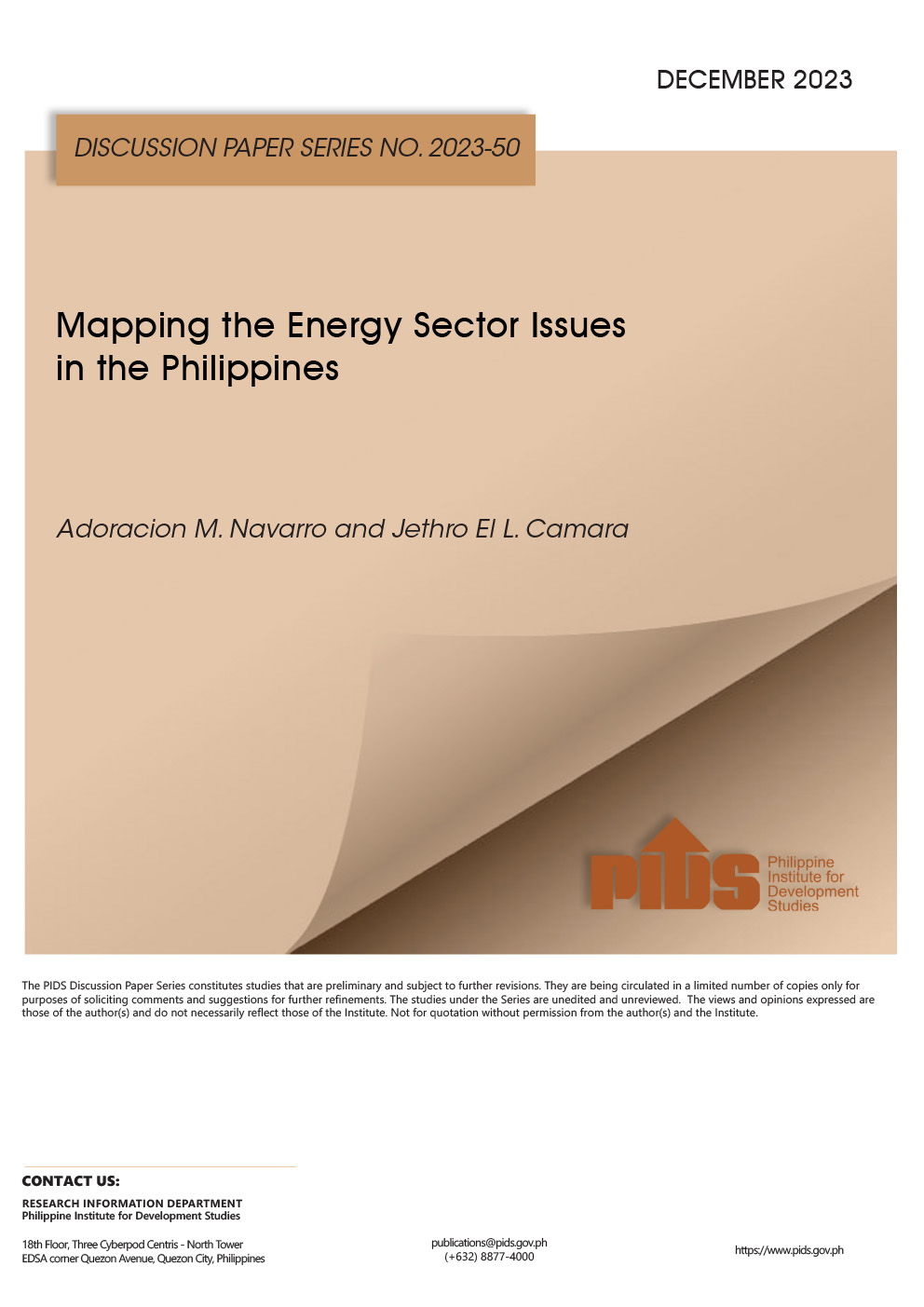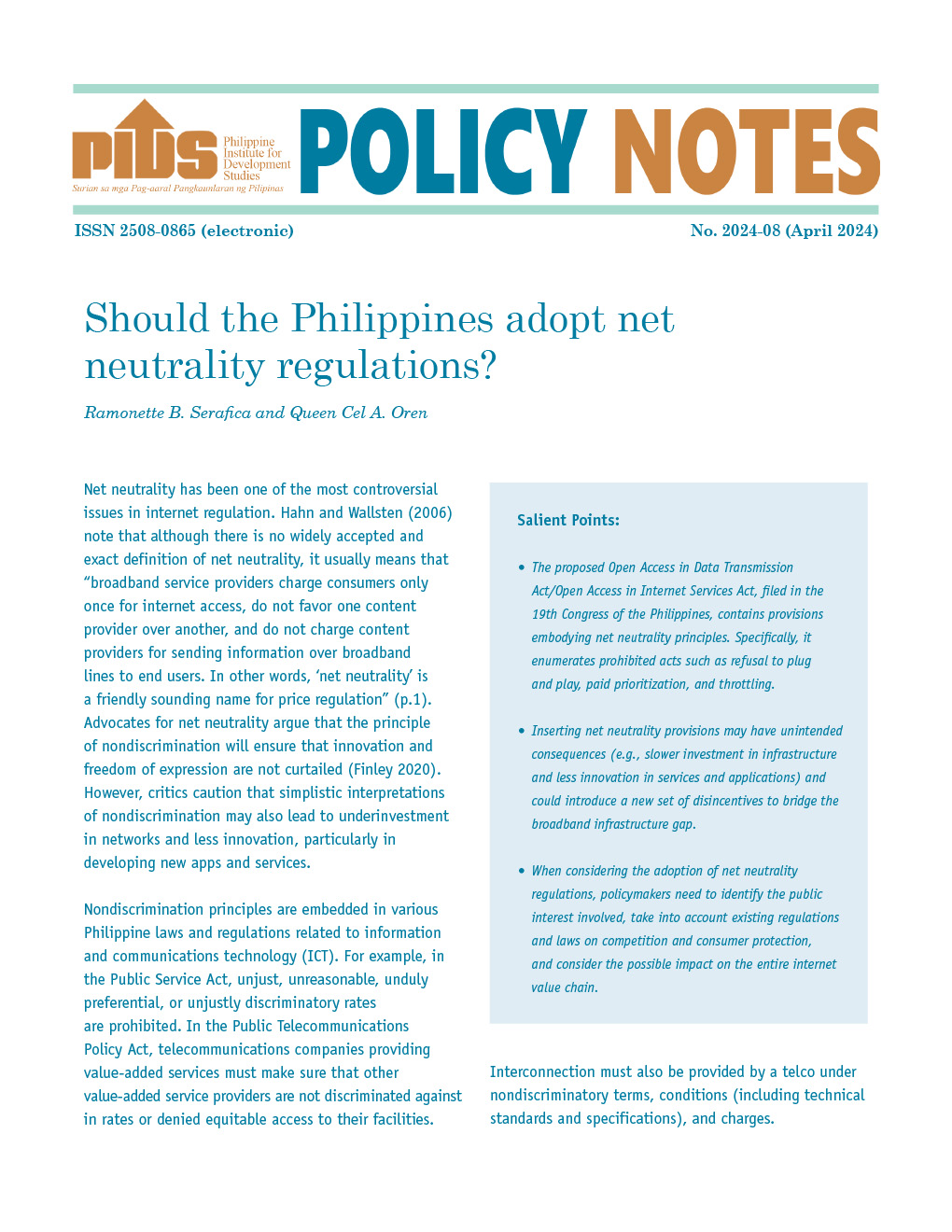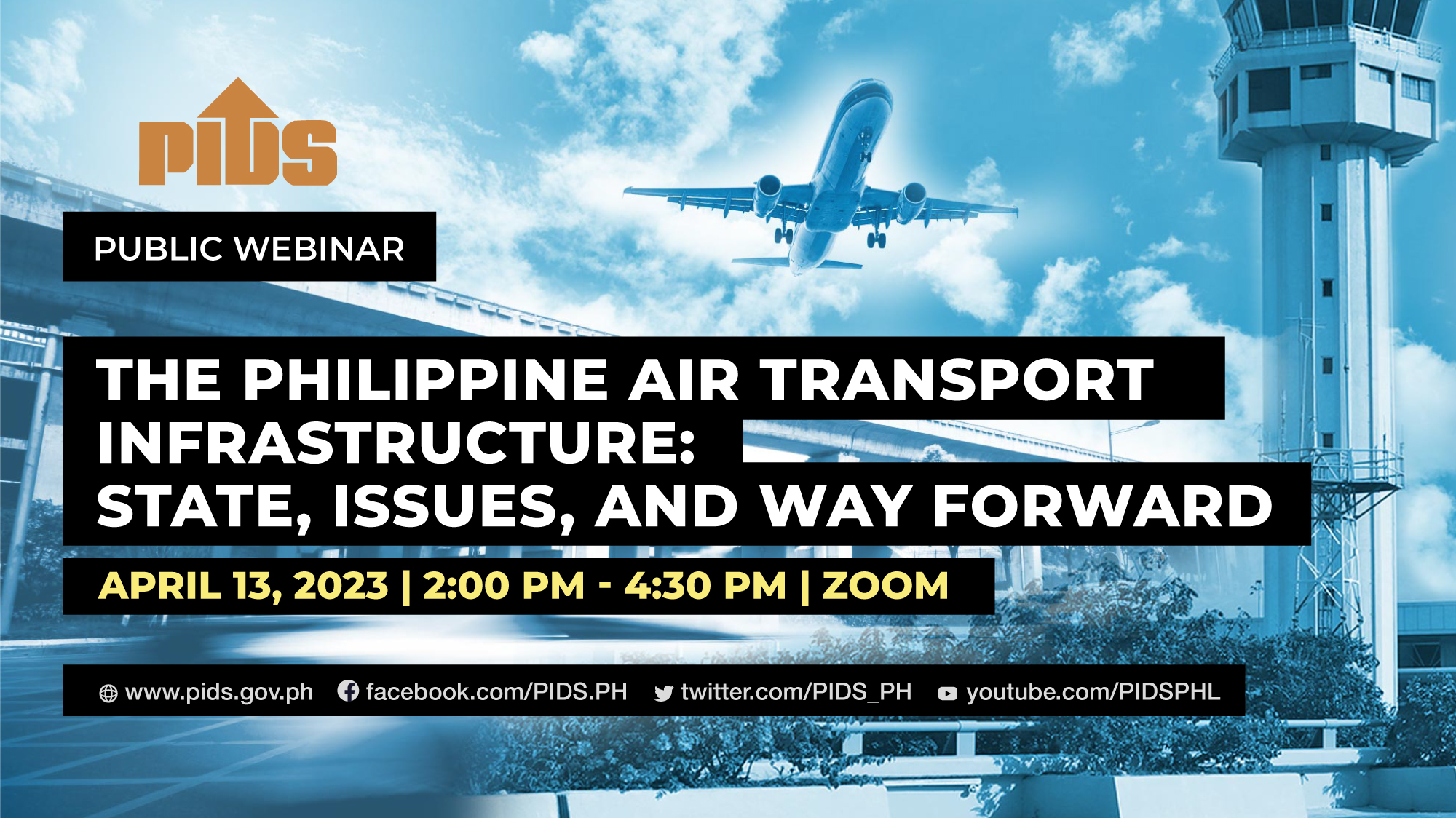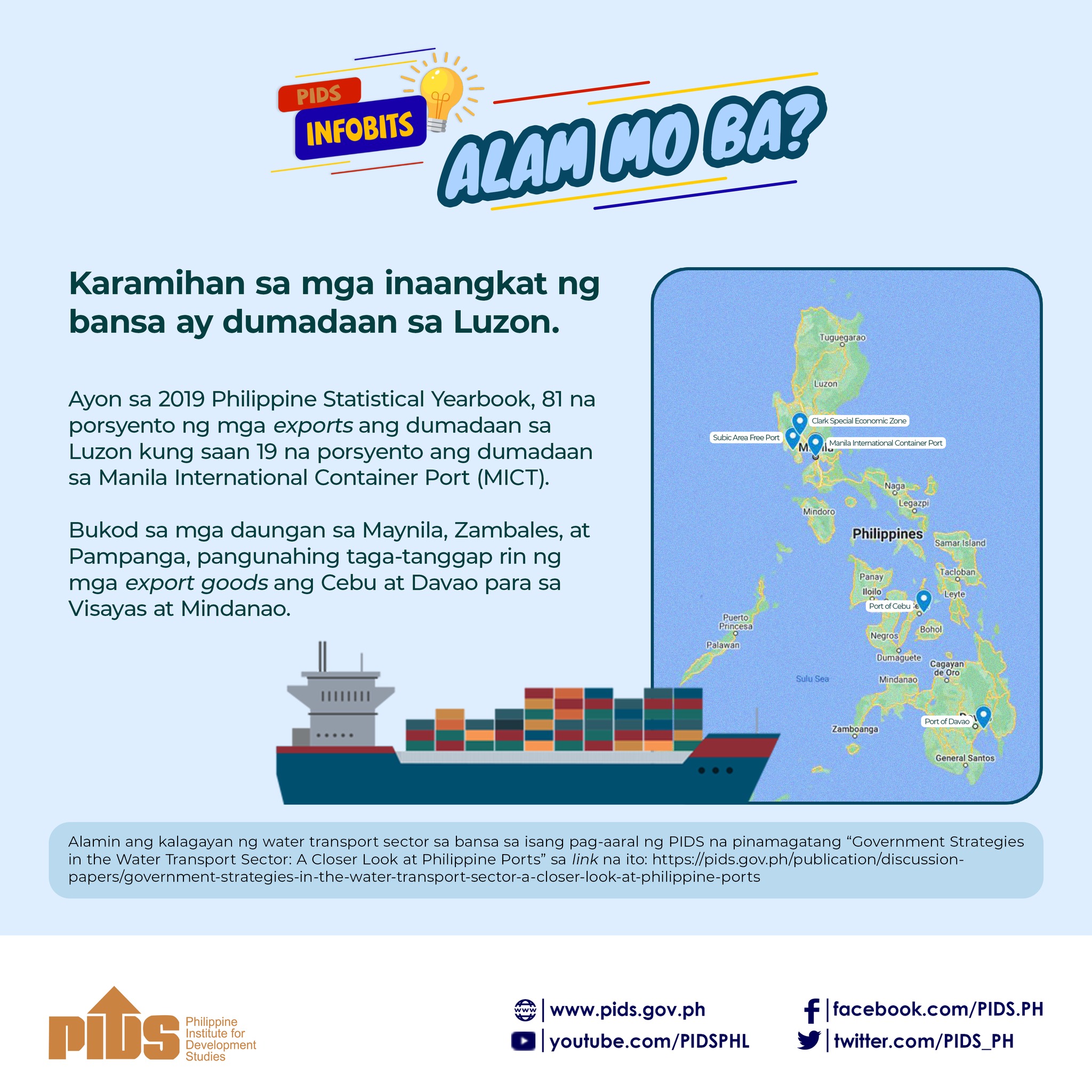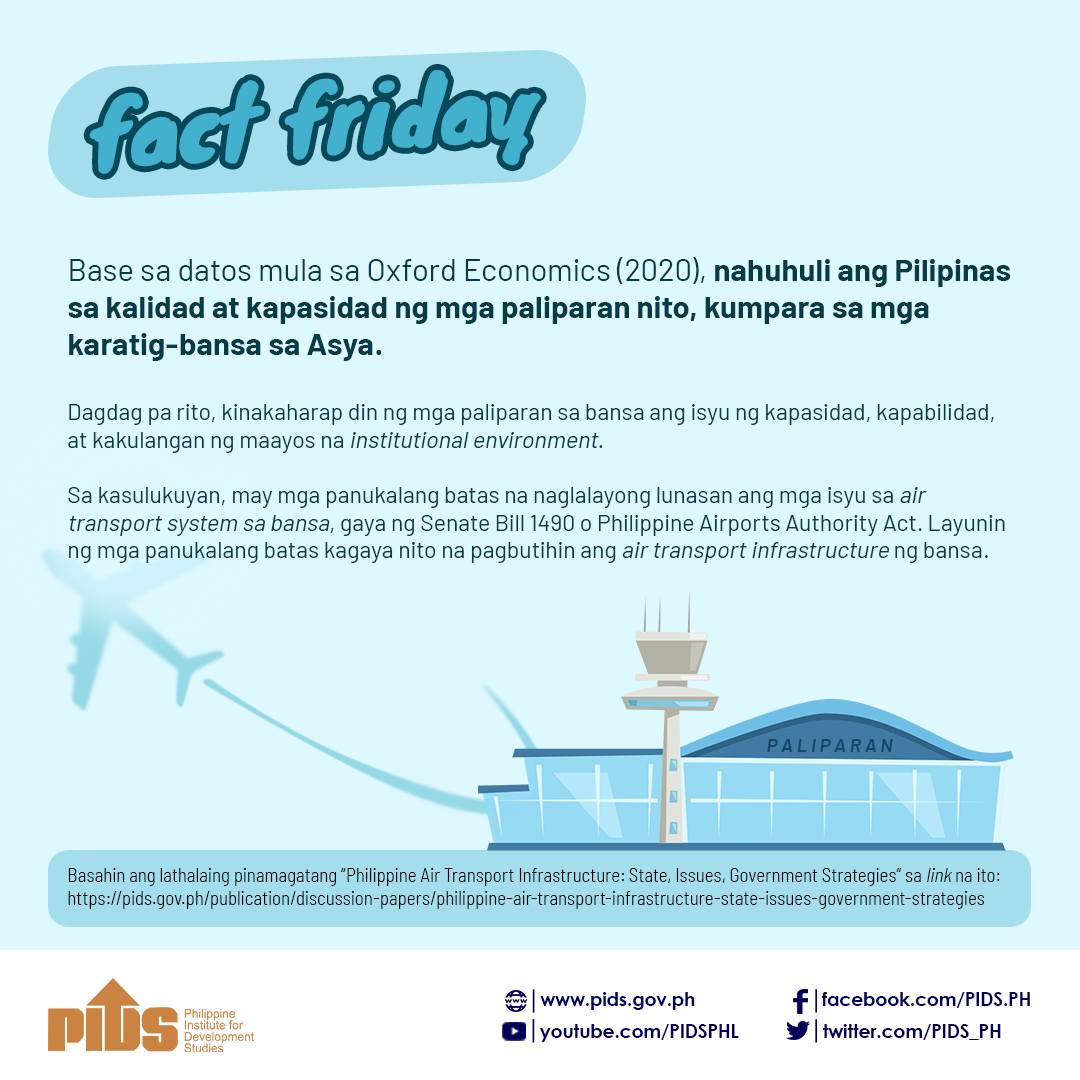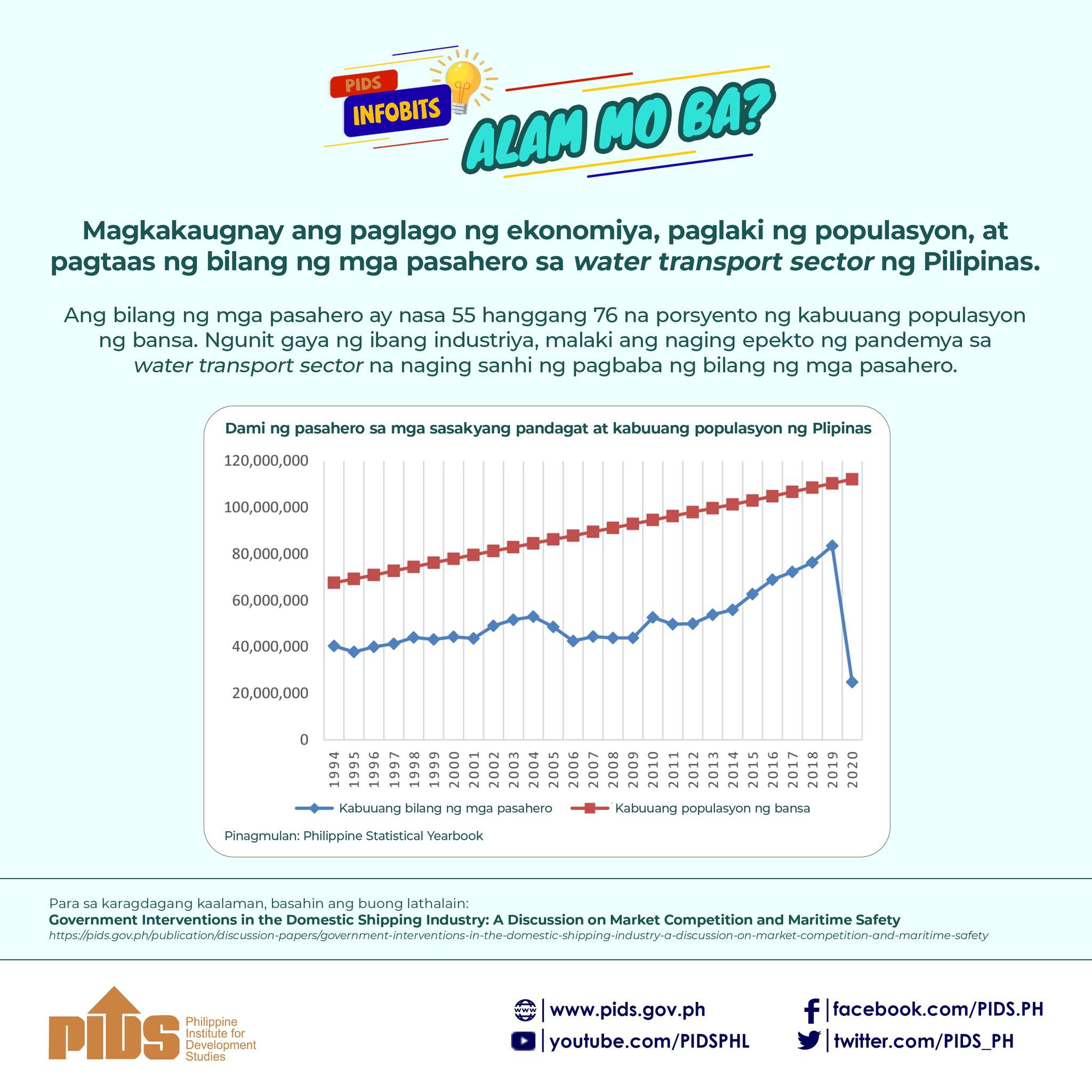THE PHASEOUT of traditional jeepneys is a contentious matter. The debate has been going on for the past six years. But let’s take a look at the bigger picture – the country’s mass transport system, and particularly its infrastructure. Old, decrepit and chaotic.
The government must revisit priorities and update solutions for the transport infrastructure, and not repeat old, insufficient quick fixes. This was emphasized in a recent study of the Philippine Institute for Development Studies. It analyzed the quantity and quality of the country’s road and rail transport infrastructure and its interlinked stages of planning, programming, budgeting, implementation, and monitoring and evaluation.
Planning long-term can help address persistent infrastructure problems, according to the study. A long-term national transport infrastructure plan that is legislated can improve the anticipation by stakeholders of future implementation activities. It can also help in the orderly preparation of requirements, like land dues, right-of-way, financing options, explorations, structures, management of political interests, and capacity building for implementors.
The study noted an increase in national road length over the years. Though the nationwide road density is gradually increasing, with 10.68 kilometers (km) of roads per 100 square km of land in 2021, regional road densities remain low and suggest “weak connectivity”.
Road density is the ratio of the total length of the road network to a specified land area.
There is a correlation between higher road densities and highly developed areas. A well-developed road transport sector paves the way for the creation of market access opportunities. A well-developed road transport sector facilitates economic activities and the ease of mobility for social services.
Rail transport development has stagnated over the years. Commuters face poor service due to severe rail congestion and poor quality and unsafe railway platforms.
The road infrastructure should also address the needs of the different road users, including pedestrians, cyclists, and public transport users. When the roads are built or expanded, sidewalks are often left out or reduced to almost nothing. Footbridges are built to remove ground-level pedestrian crossings for cars to move faster. Pedestrians are made to walk longer distances. People with disabilities and those unable to climb stairs become less mobile.
The government must be committed in elevating the country’s transportation system to international standards in terms of affordability, comfort, efficiency, and accessibility.
Tokyo is the gold standard in mass transportation system. The Philippines should be ambitious in reaching the same level as Japan for our railway system. We need to catch up and invest more in our mass transportation system.

